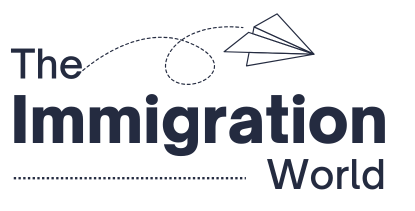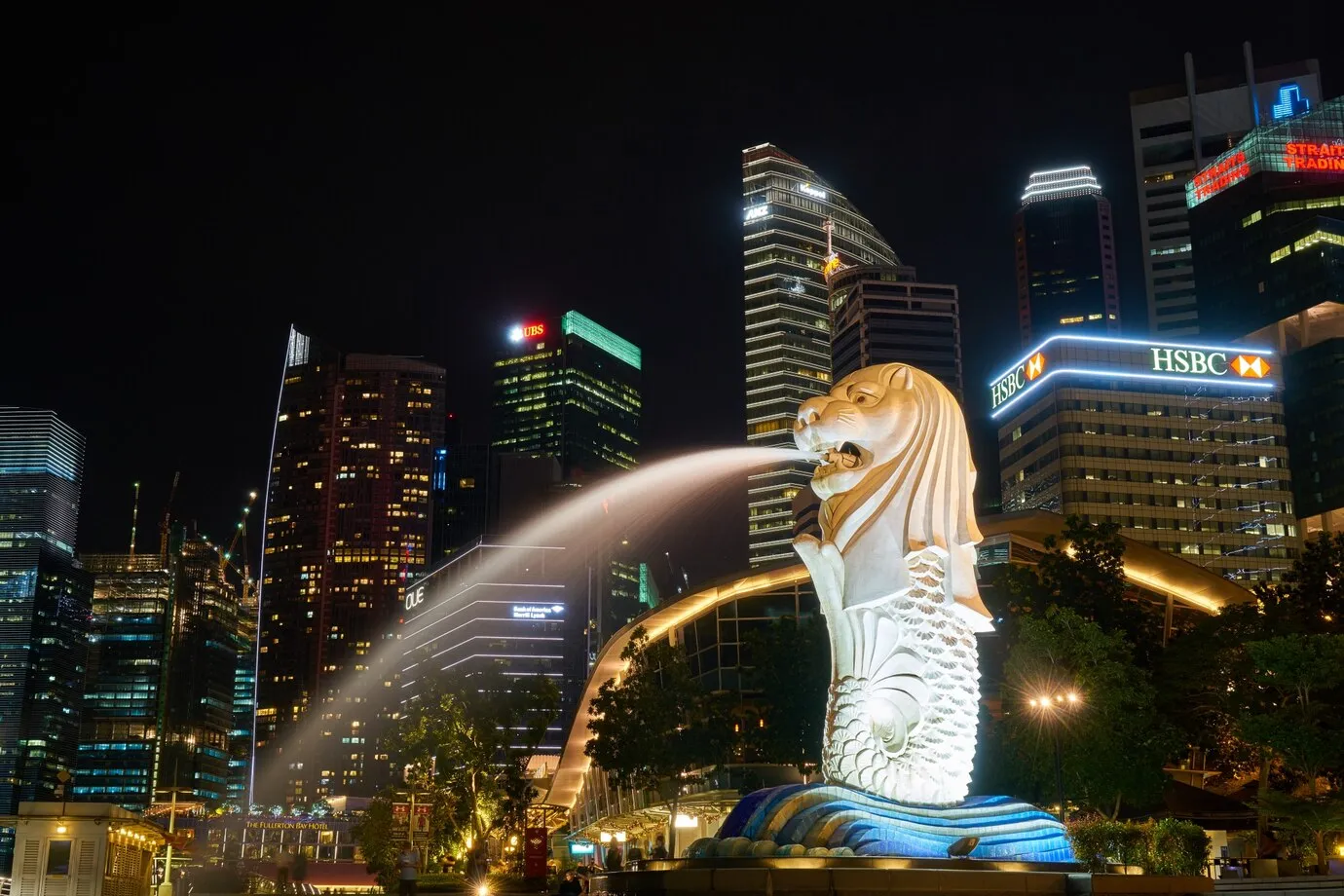Singapore: the land of hawker food, sky-high living standards, and a government so efficient it makes Swiss watches look disorganised. For many, living here isn’t just a short-term plan — it’s a long-term goal. And if you’re hoping to trade your annual visa renewal dance for something more permanent, Singapore Permanent Residency (PR) might just be your next big move.
Key Takeaways
Singapore – Small Island, Big Dreams (and an Even Bigger PR Queue)
But be warned — getting Singapore PR isn’t a walk down Orchard Road. It’s more like a careful strategy game involving documentation, timing, and a little luck (or what the locals call connections, lah).
What Is Singapore Permanent Residency?
Singapore PR status allows foreign nationals to:
- Live, work, and study in Singapore without a visa
- Switch jobs freely without needing new passes
- Access housing benefits, subsidised healthcare, and other perks
- Apply for citizenship down the line if desired
But unlike some countries, Singapore doesn’t have a publicised points-based system. Instead, it uses a discretionary evaluation process based on your profile, economic contribution, integration, and other (somewhat mysterious) factors.
Who Can Apply for PR in Singapore?
Singapore PR is typically open to three main categories of people:
- Employment Pass or S Pass holders
- Spouses or children of Singapore citizens/PRs
- Foreign investors or entrepreneurs (under the Global Investor Program)
In this article, we’ll focus primarily on the Employment Pass (EP) holders’ route, as it’s the most common for professionals.
How Long Should You Stay Before Applying?
Technically, there’s no minimum duration required — but realistically, most successful applicants have:
- Lived and worked in Singapore for at least 2–3 years
- Filed a few rounds of income tax
- Demonstrated stable employment and income
Singapore wants to see that you’re committed, settled, and contributing to society (and not just here for the laksa).
Criteria for PR Eligibility
While there’s no formal checklist, the Immigration and Checkpoints Authority (ICA) typically considers:
- Professional Profile
– Your job, salary, industry, and employer’s reputation matter. High-income earners and those in key sectors (like finance, IT, healthcare, engineering) have an edge. - Education & Skills
– Degrees from reputable institutions and in-demand qualifications give you bonus points (figuratively speaking — this isn’t Mario Kart). - Tax Contributions
– Demonstrating consistent CPF and tax contributions is crucial. It’s Singapore’s way of checking if you’re pulling your weight. - Family Ties
– If you’re married or have children, applying as a family can boost your chances. Singapore likes people who put down roots. - Integration Potential
– Language ability, community involvement, and cultural alignment are all part of the mix, even if unofficially. - Nationality
– Yes, your nationality can have an impact. Some countries have more successful applicants than others due to geopolitical or demographic balancing.
The PR Application Process (ICA Route)
Here’s how the process flows:
Step 1: Create an Account on ICA’s e-Service Portal (ePR)
You’ll need a SingPass, which your employer can help you set up if you’re new.
Step 2: Complete the Application Form
This form is no joke. It asks for:
- Personal details (yours and your family’s)
- Educational history
- Employment records
- Salary information
- Tax documentation
- Travel history
- Supporting documents (diplomas, pay slips, etc.)
Make sure everything is accurate and formatted per ICA guidelines. A single incorrect date can result in rejection.
Step 3: Upload Documents & Pay the Fee
As of now, the fee is S$100 per application. You’ll also need to upload PDFs of required documents — ICA has strict naming and file size rules, so read the instructions like your approval depends on it (because it does).
Step 4: Wait… a While
The processing time is typically 4 to 6 months, but it can stretch to a year depending on your profile and application volume. ICA will notify you via email and the ePR portal.
What Happens If You’re Approved?
Welcome to PR life in Singapore. Here’s what changes:
- You’ll get a Blue Identity Card (PR IC)
- You must contribute to the Central Provident Fund (CPF) — Singapore’s social security scheme
- You’re free to change jobs without a new visa
- You can sponsor your spouse and children for PR too
But you also gain responsibilities — like National Service obligations if you have male children, and renewal requirements for your PR re-entry permit every 5 years.
Rejected? Here’s What to Do
PR applications are often rejected — even highly qualified candidates may not get through on their first try.
If rejected:
- Wait at least 6–12 months before reapplying
- Improve your profile — higher income, community involvement, family stability
- Consider engaging immigration consultants (optional, but can help)
Whatever you do, don’t flood ICA with follow-up emails or calls. That won’t help your case.
Final Thoughts: Playing the Long Game in the Little Red Dot
Gaining PR in Singapore isn’t just about paperwork — it’s about proving you’re a good long-term fit for the country’s high standards, economic goals, and cultural fabric. Think of it less like ticking boxes and more like curating a convincing, well-rounded story of contribution and intent.
So, keep working, contributing, and integrating. Your satay-loving, HDB-dreaming, PR-holding future might just be around the corner.
For more information, go to the official website: Permanent residency in Singapore





